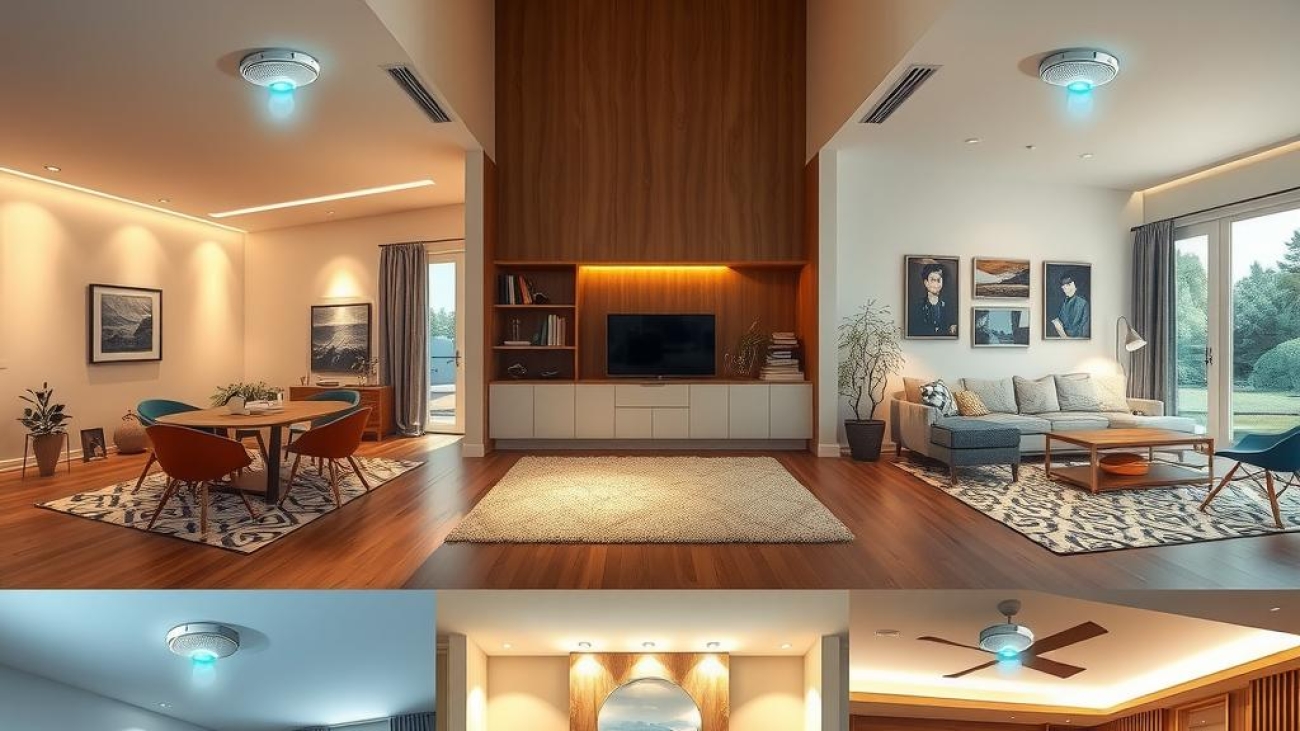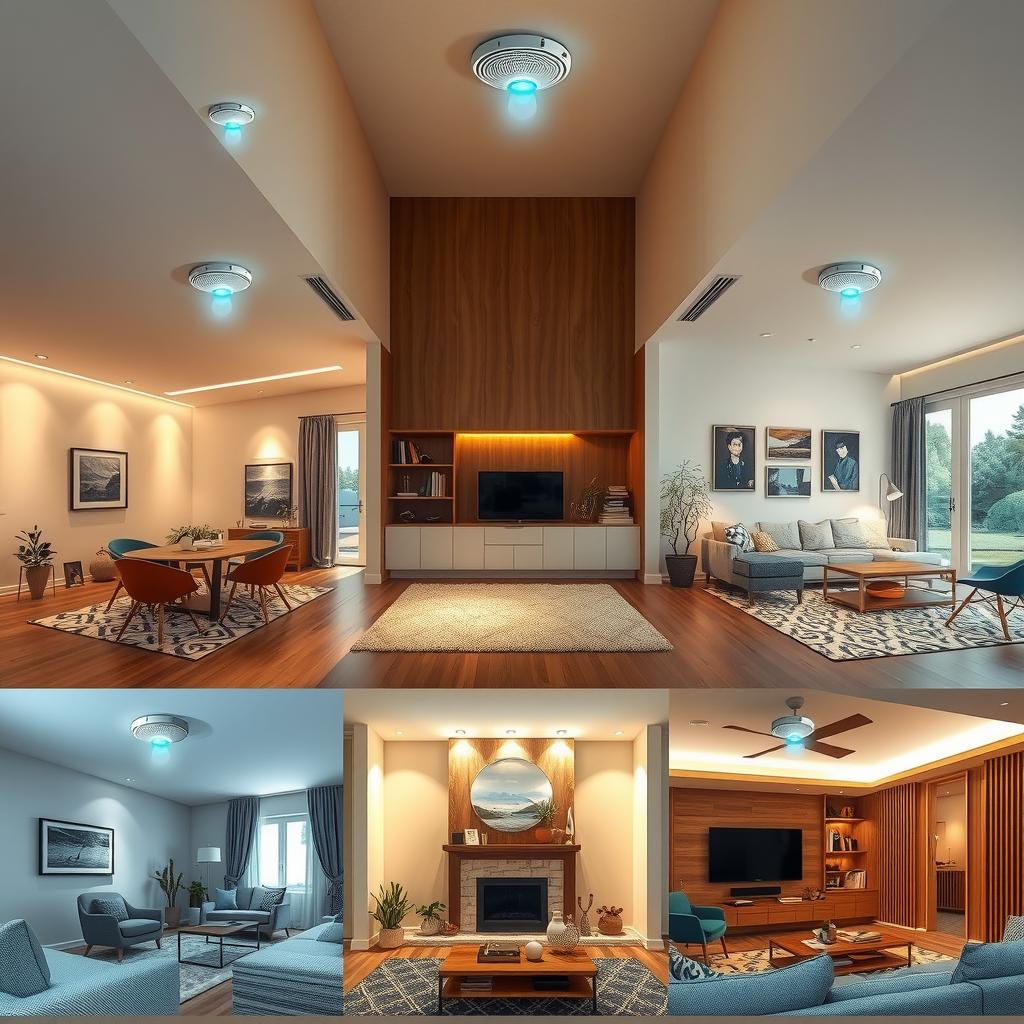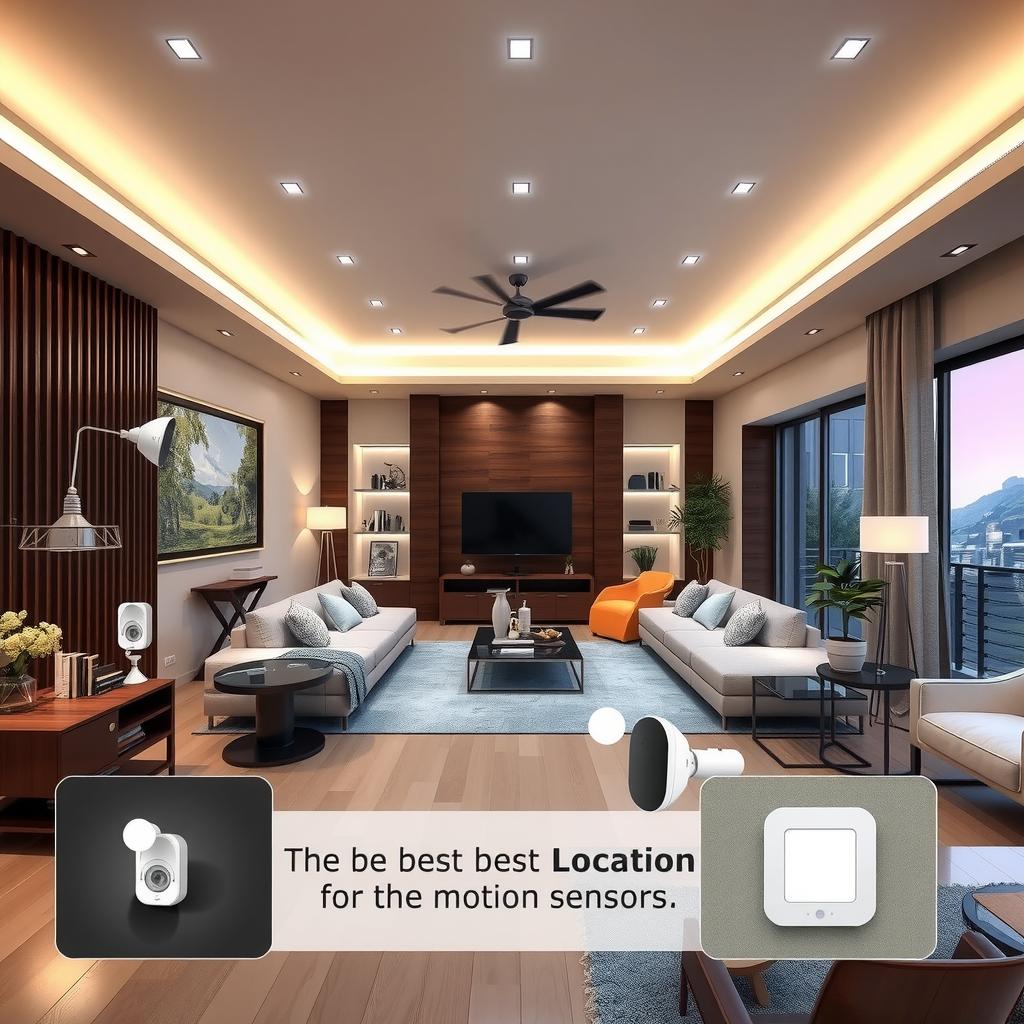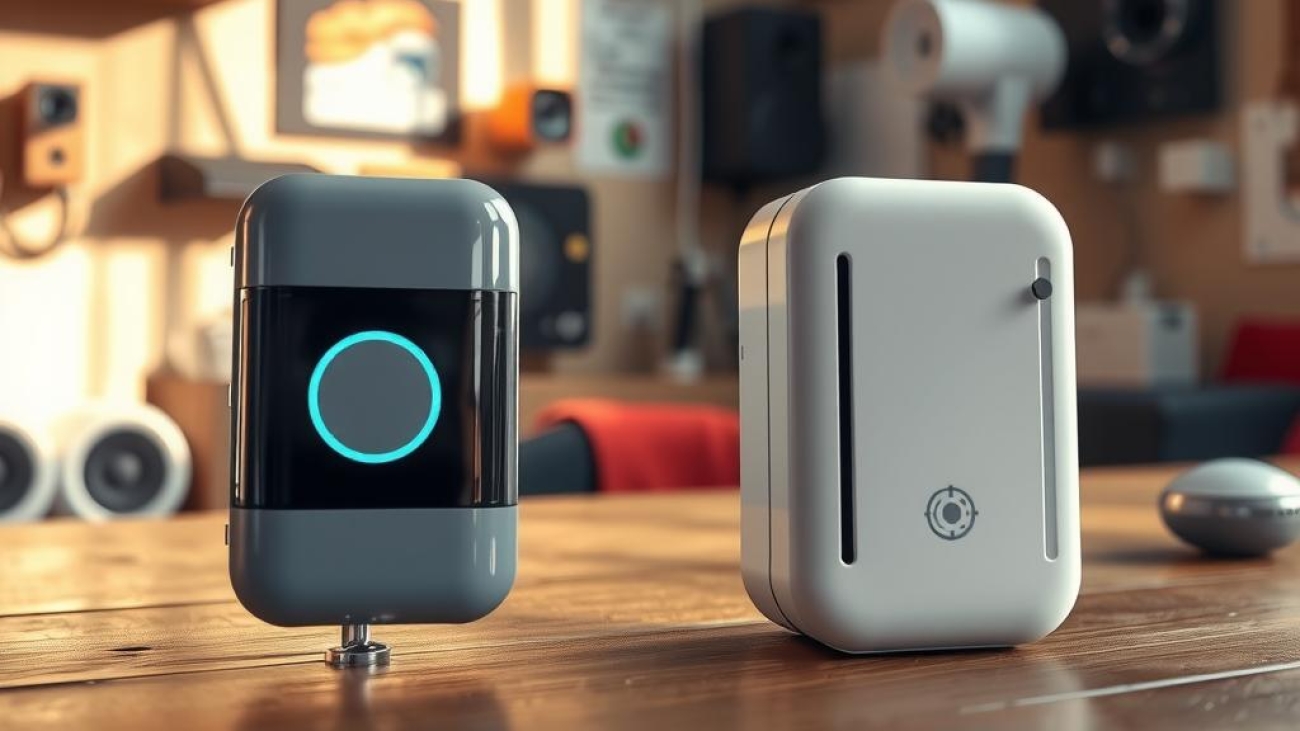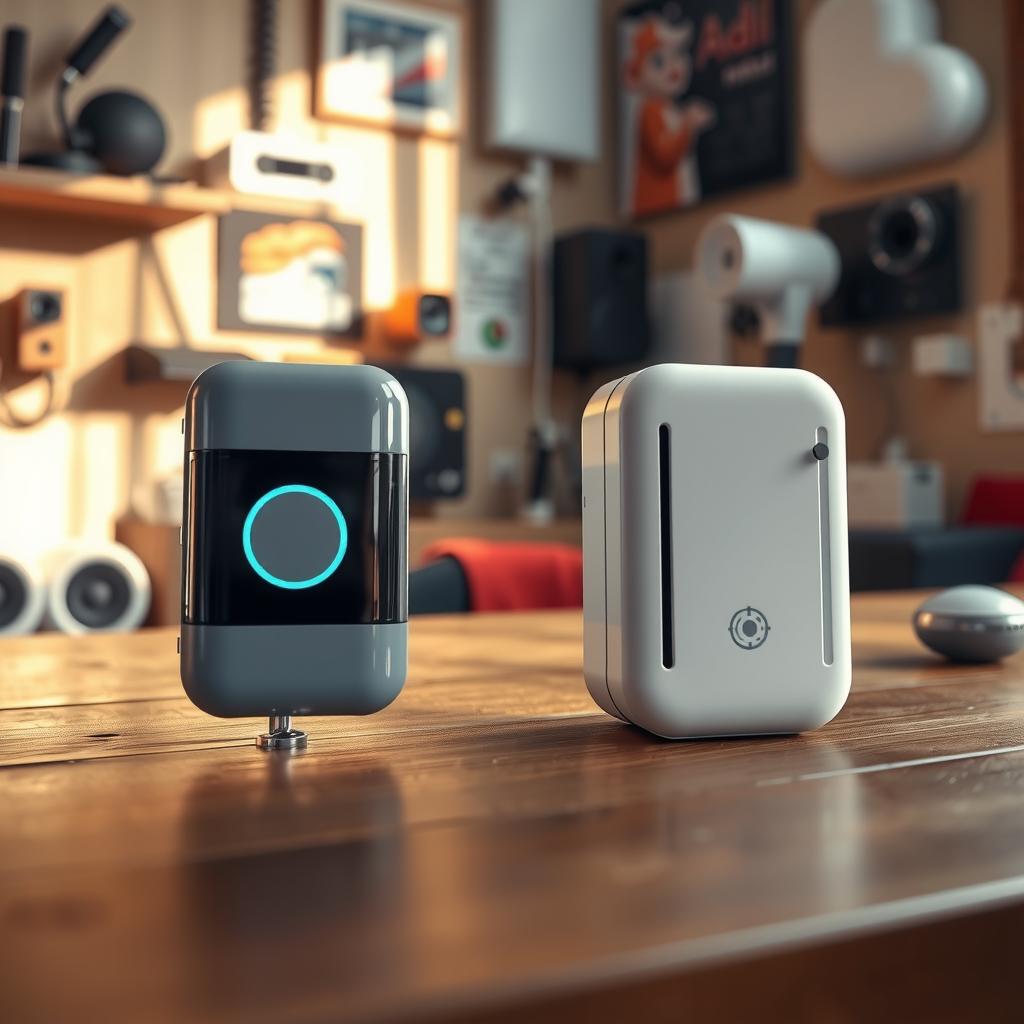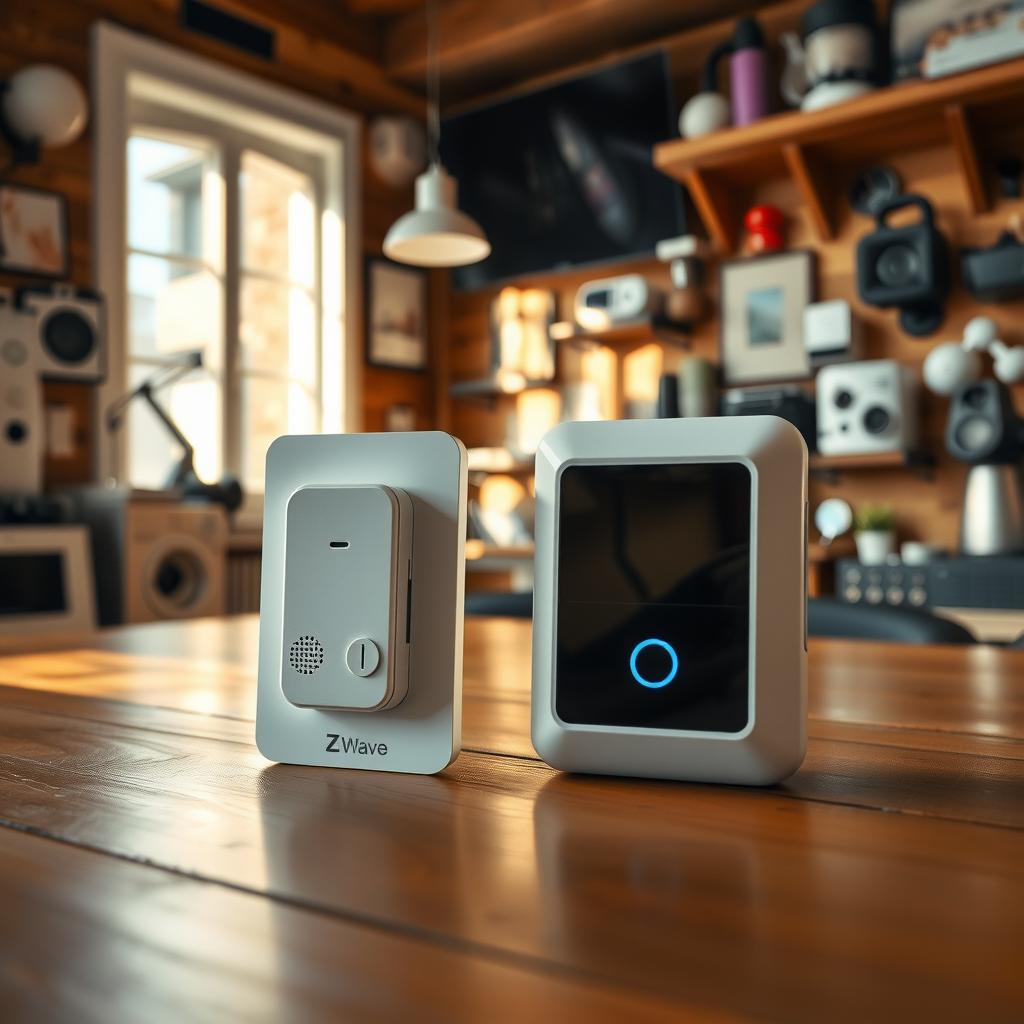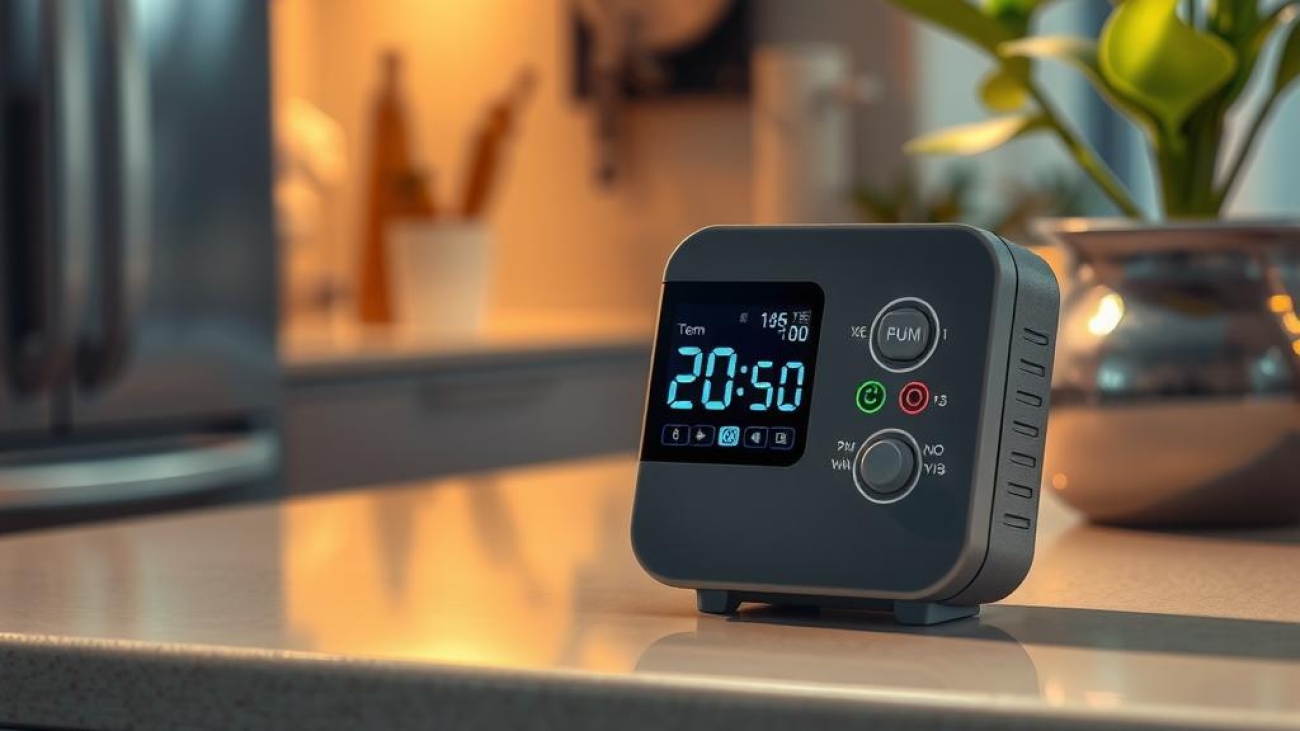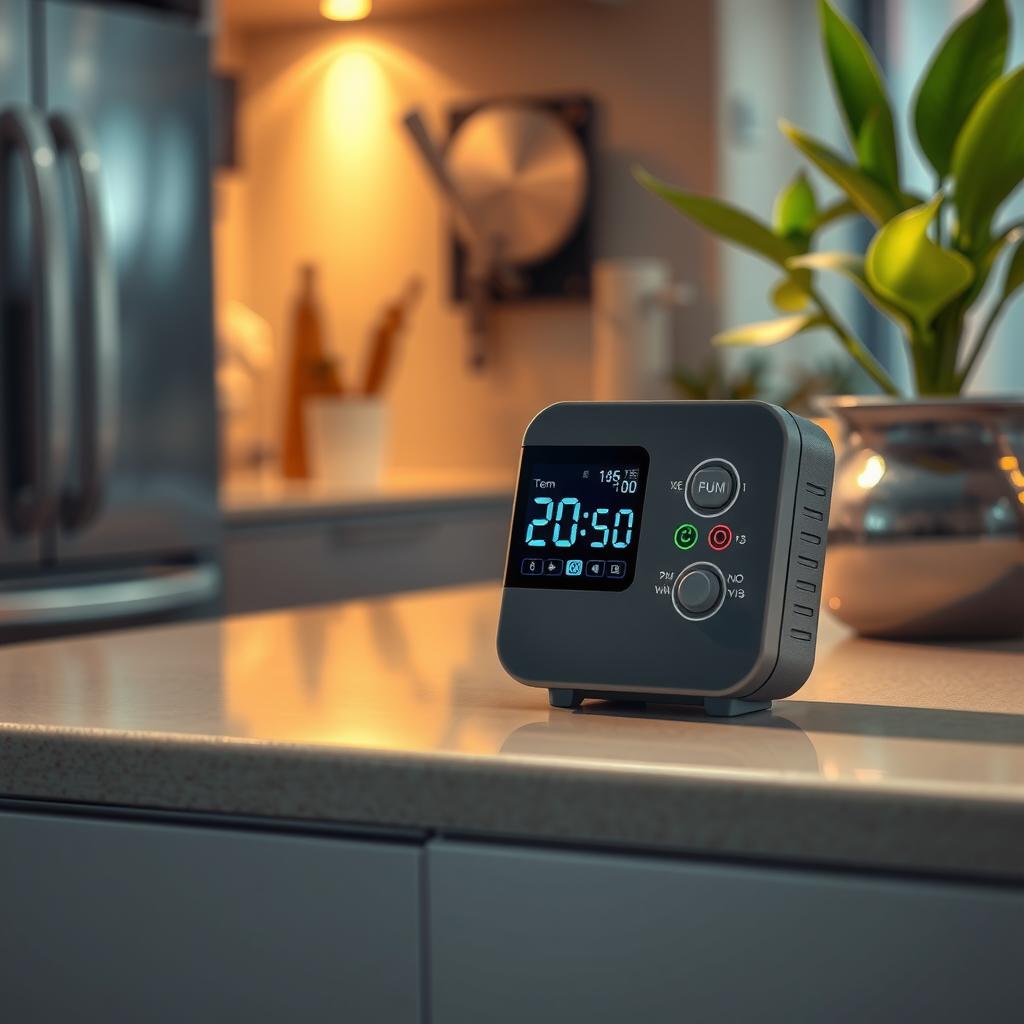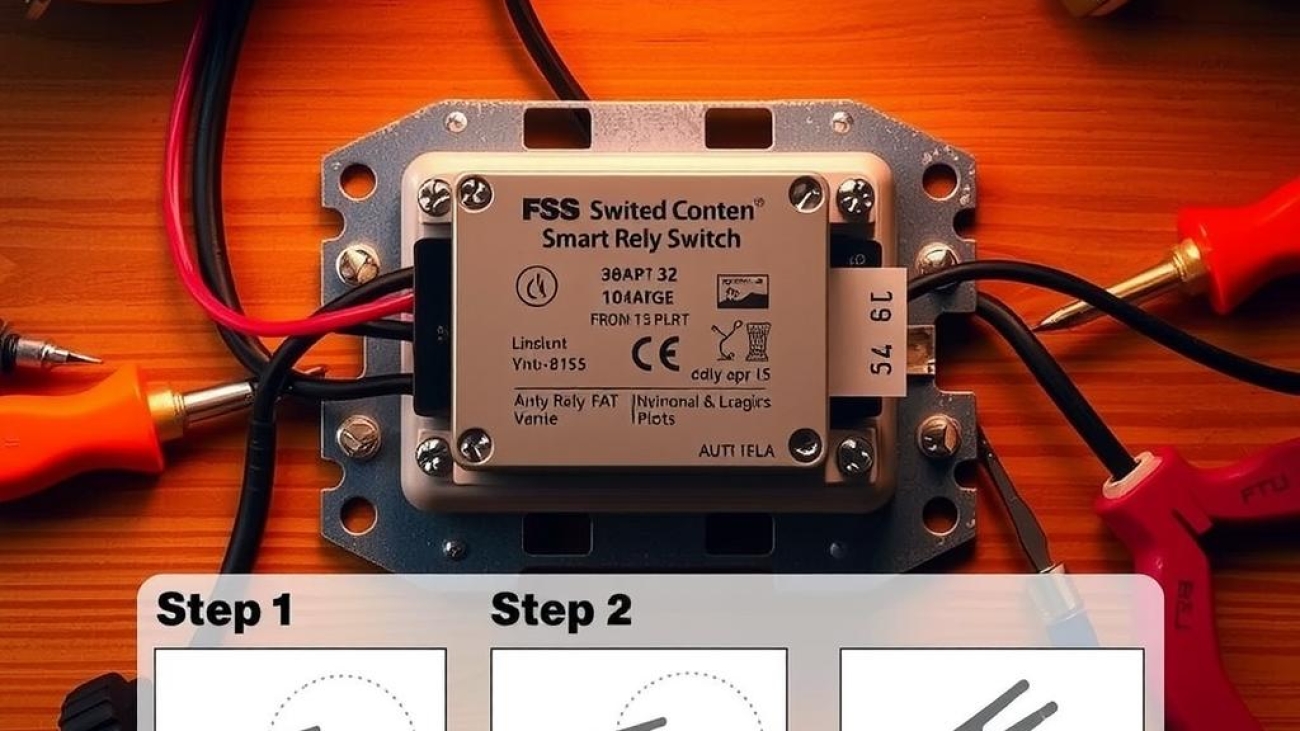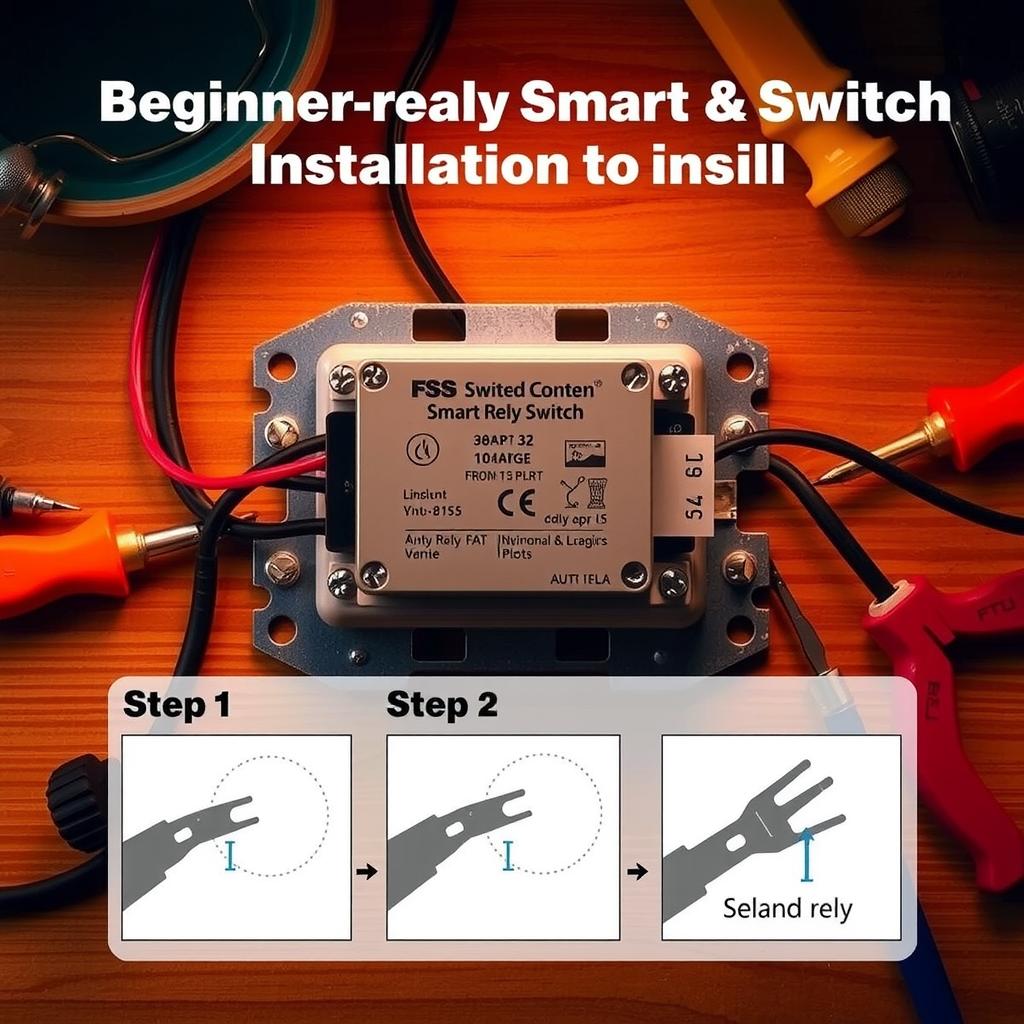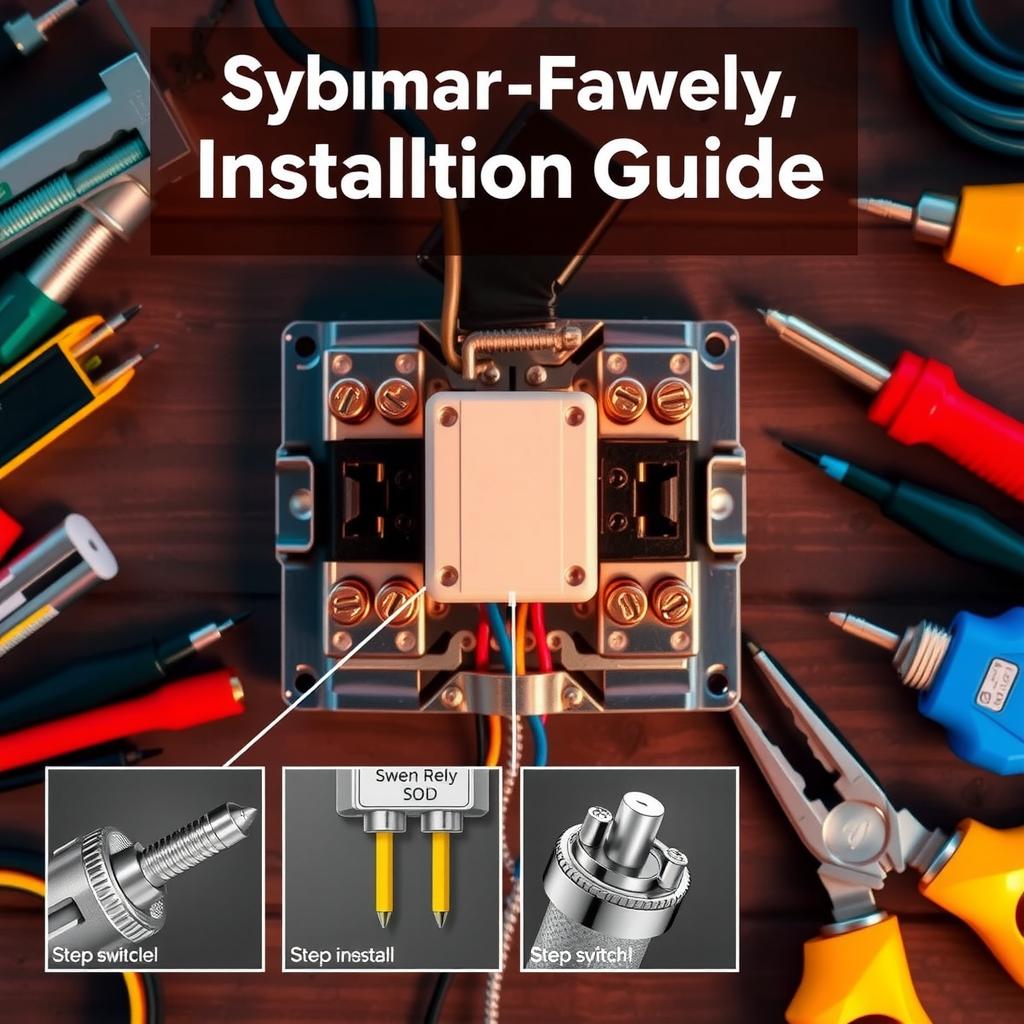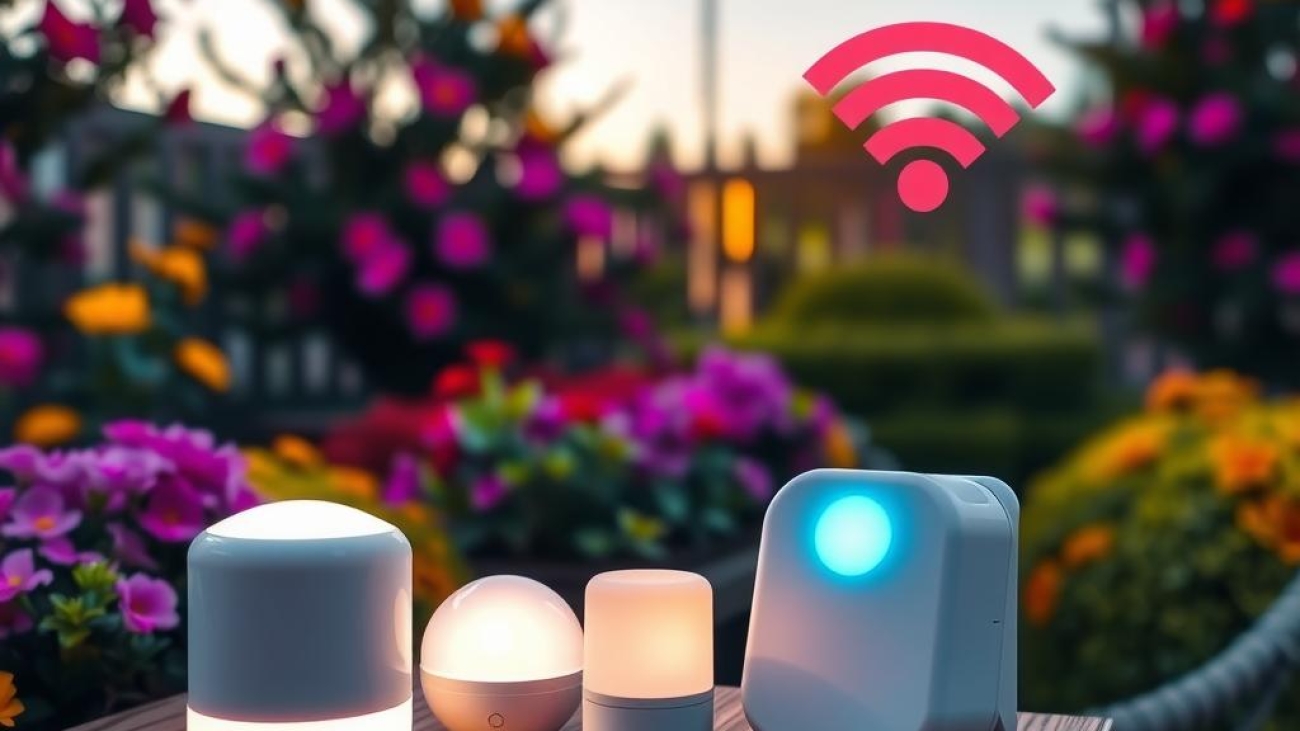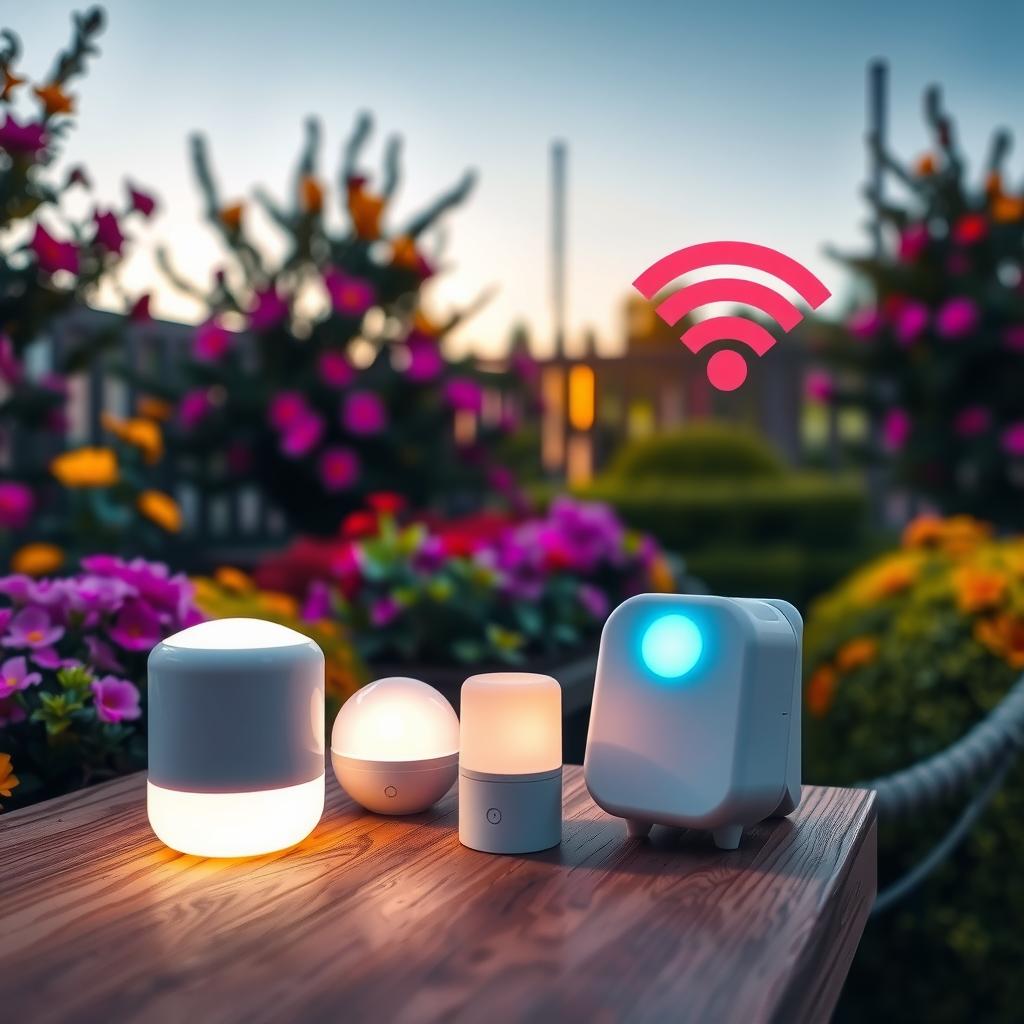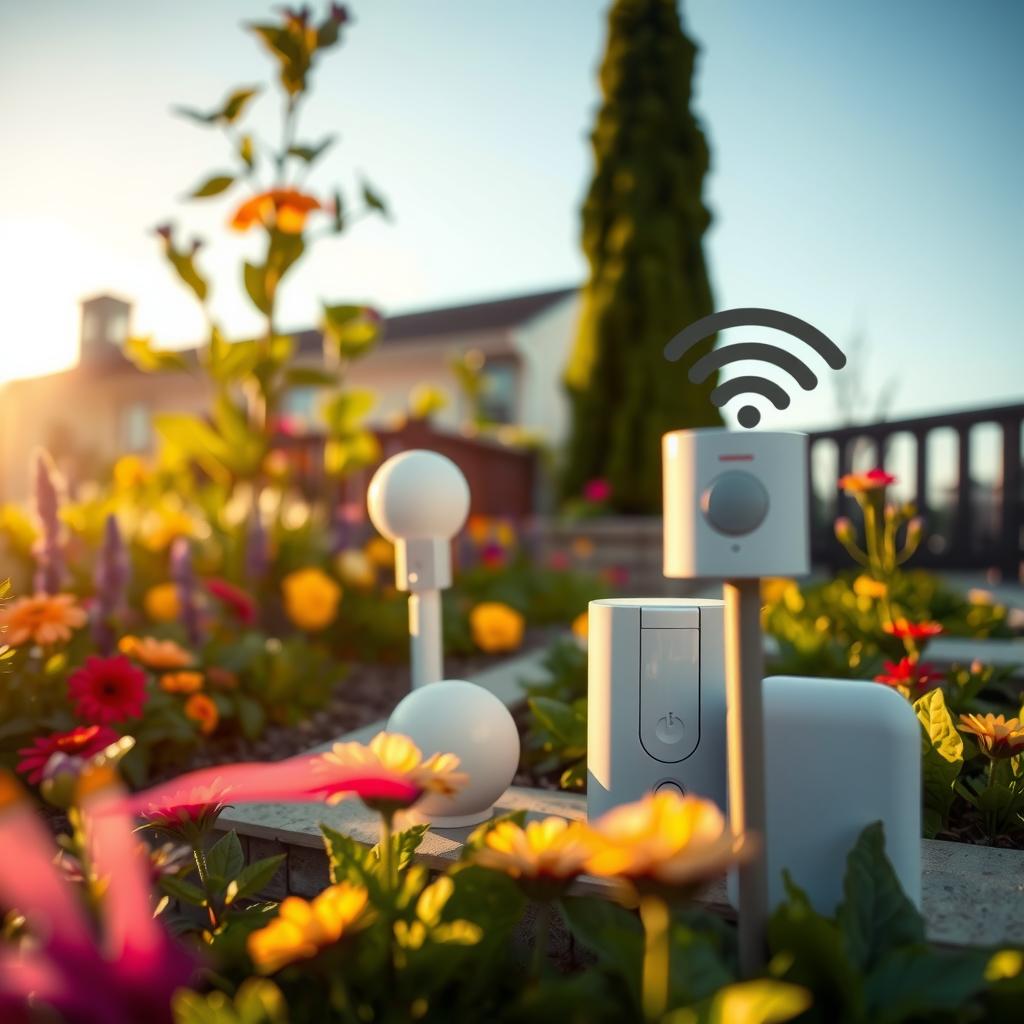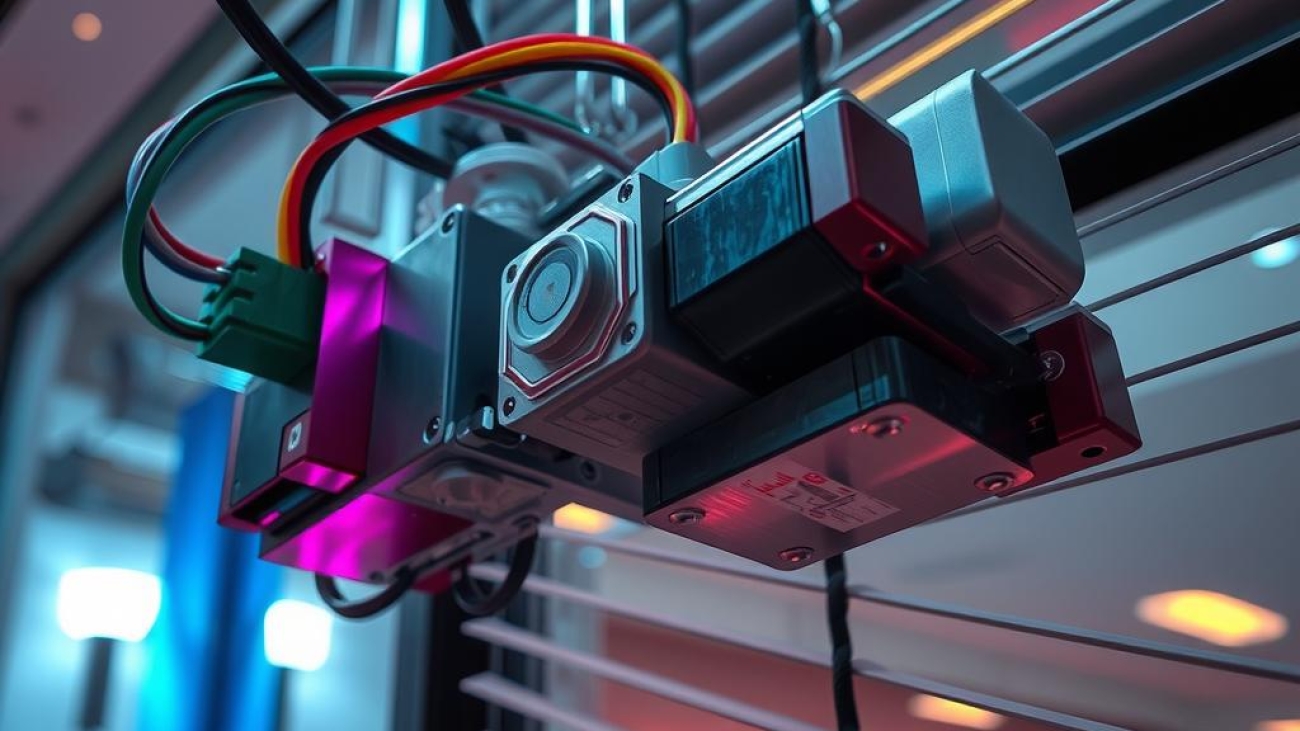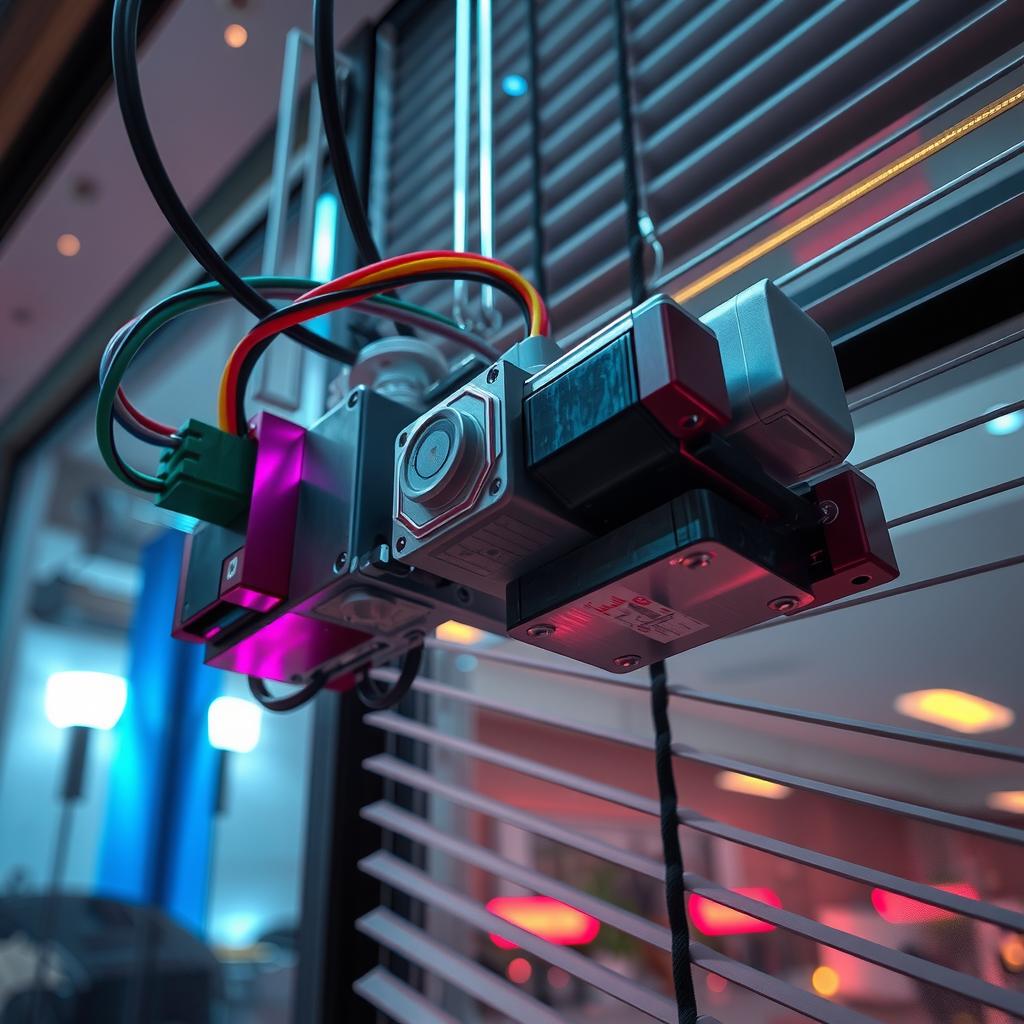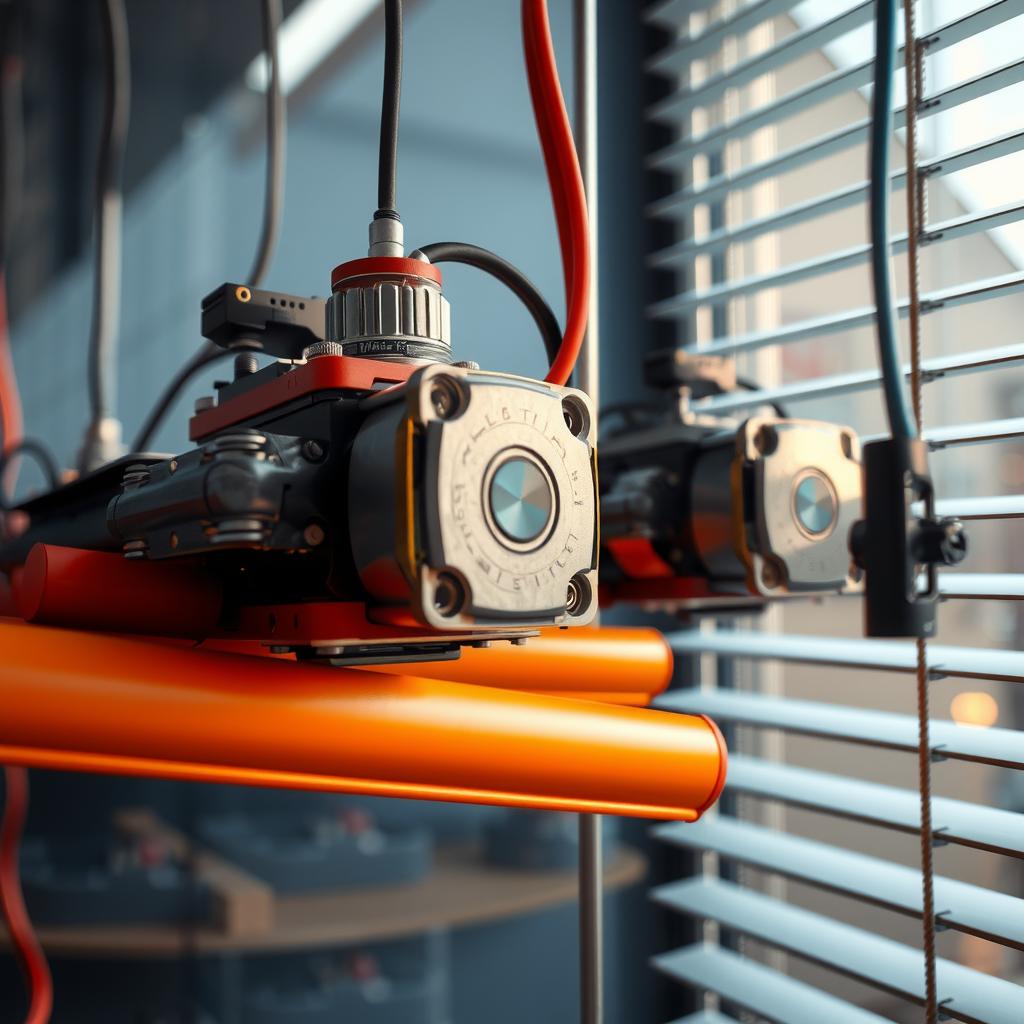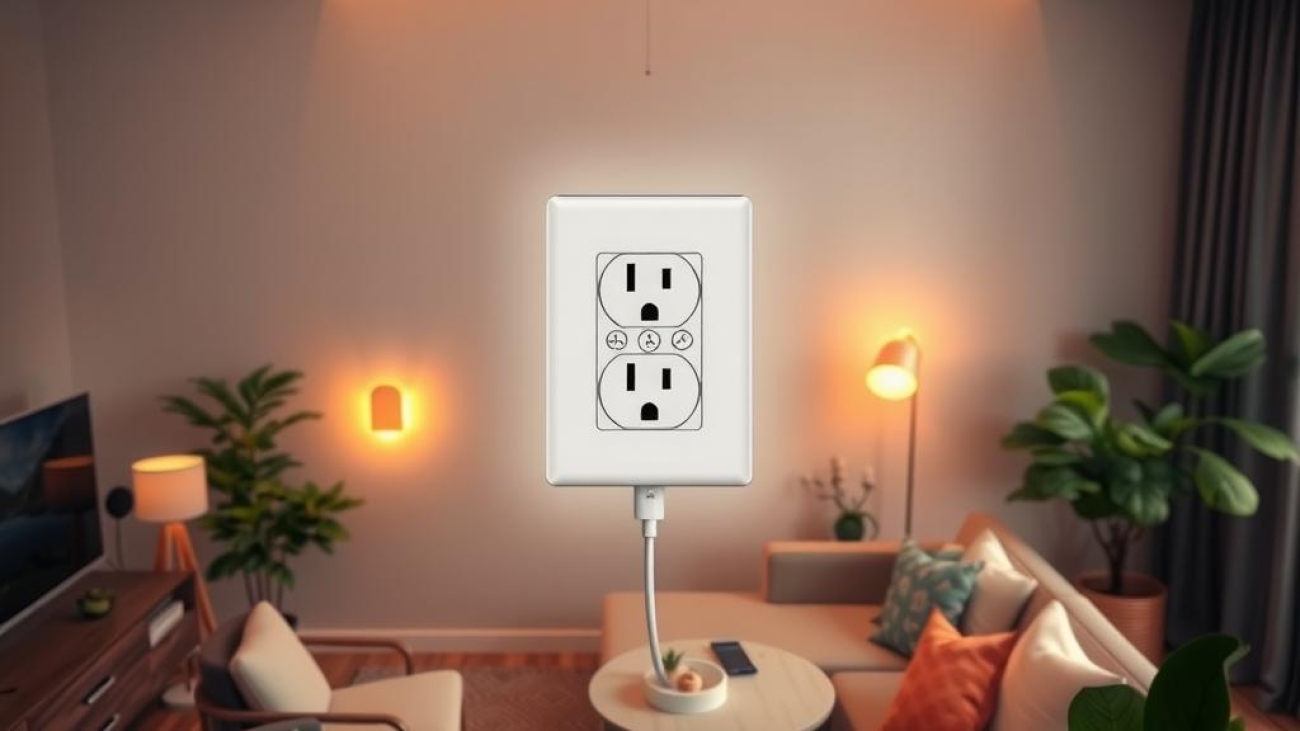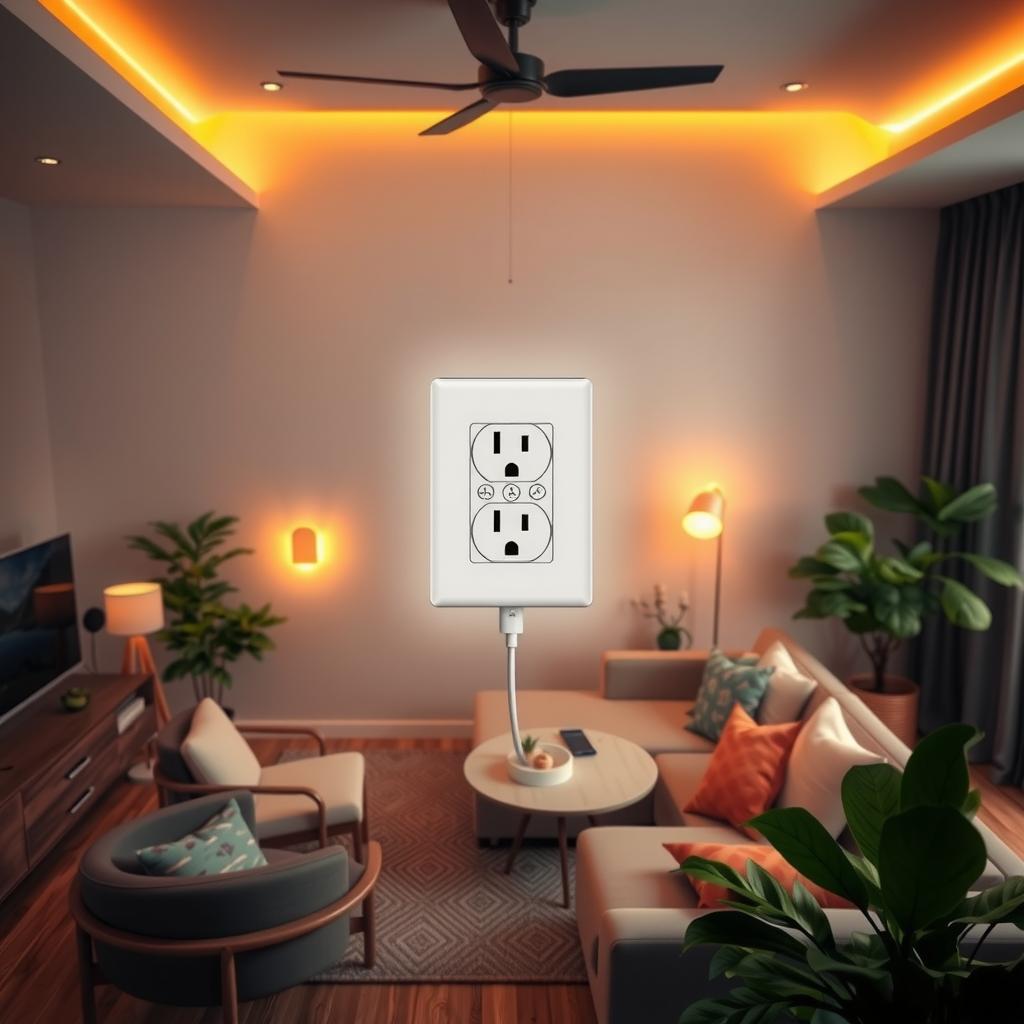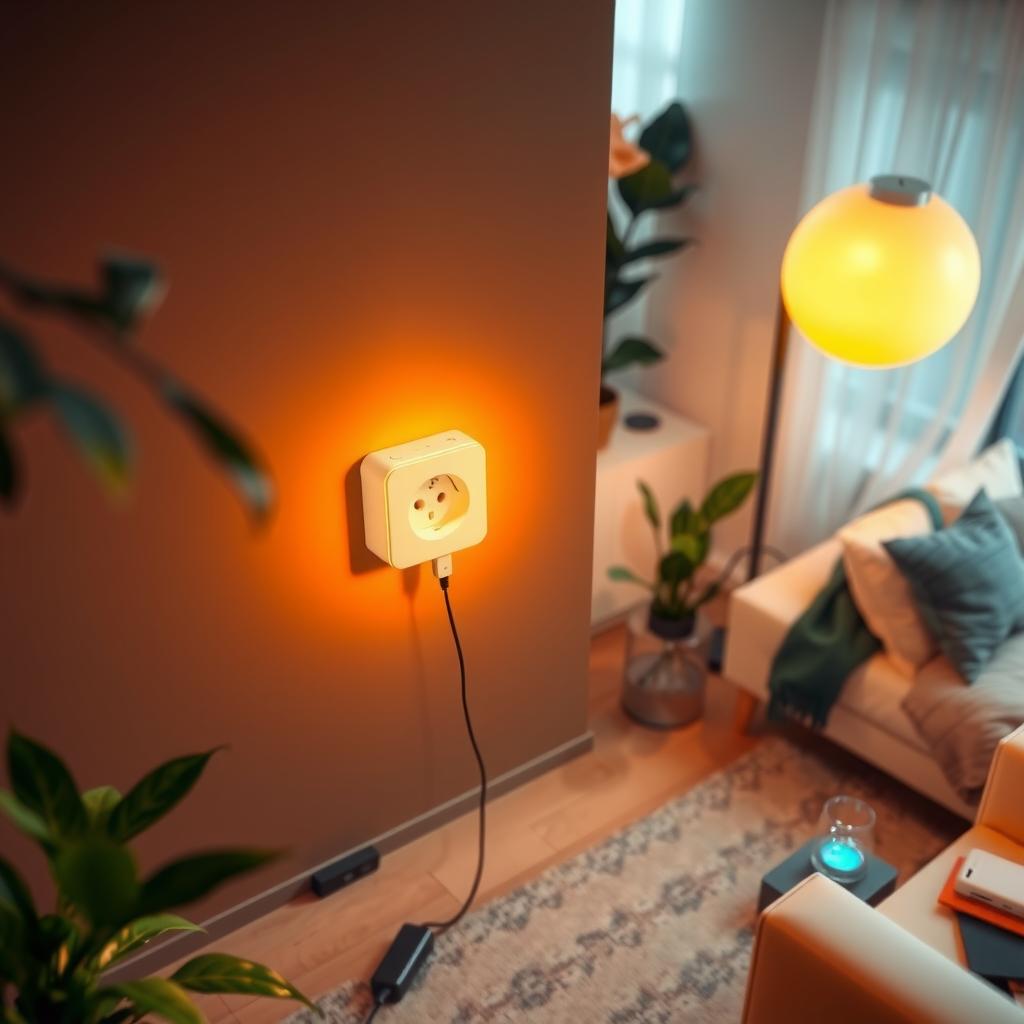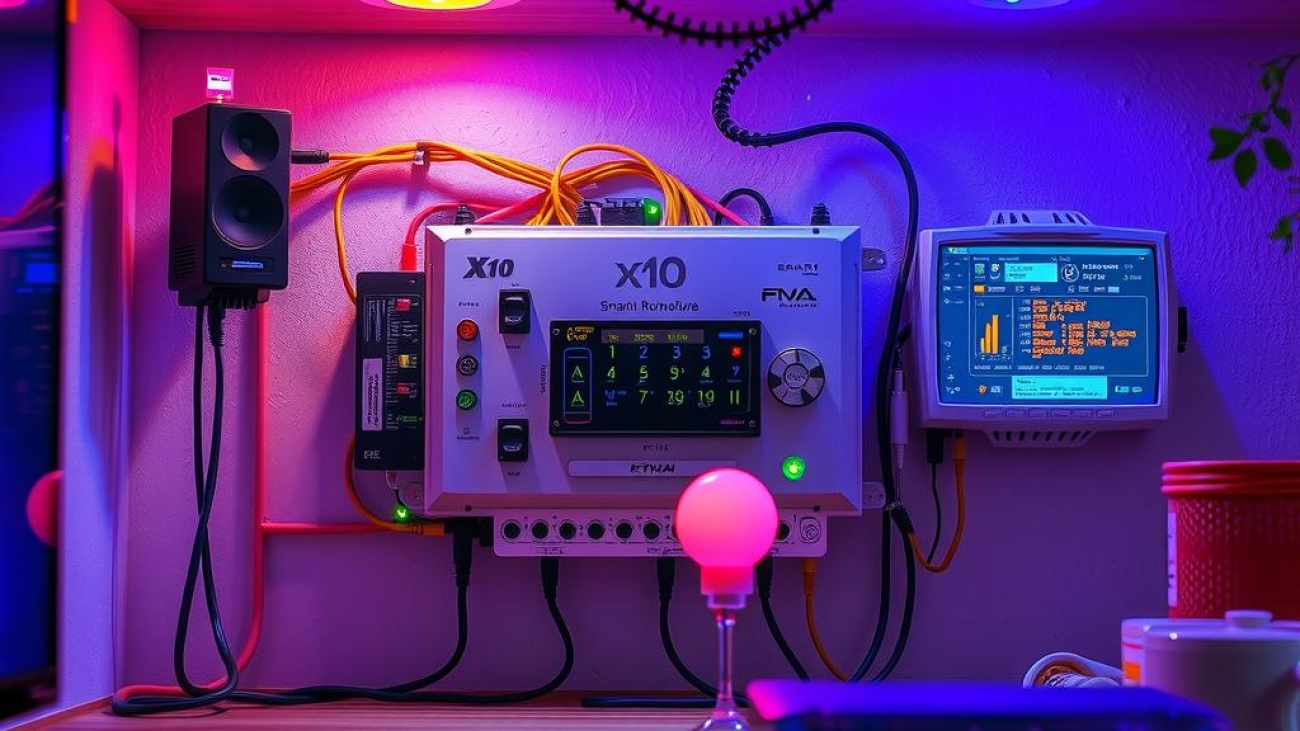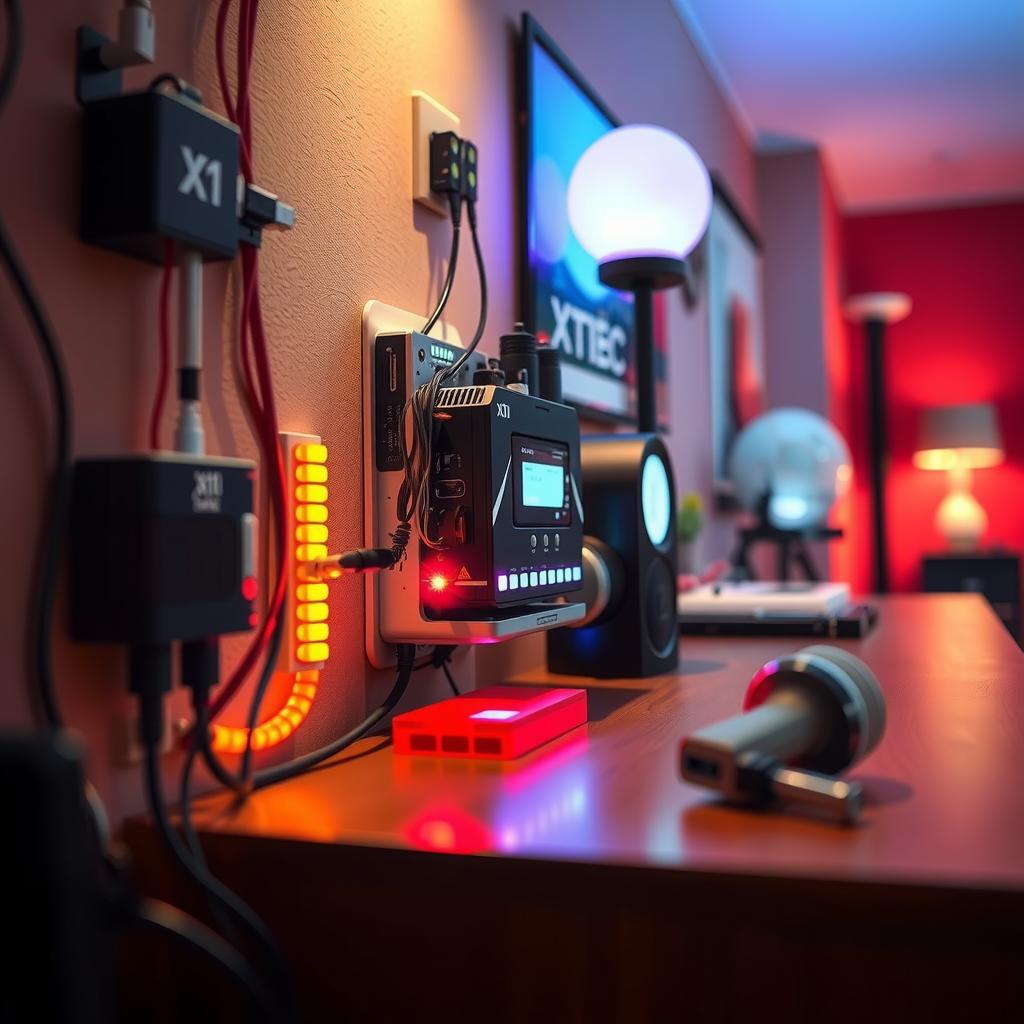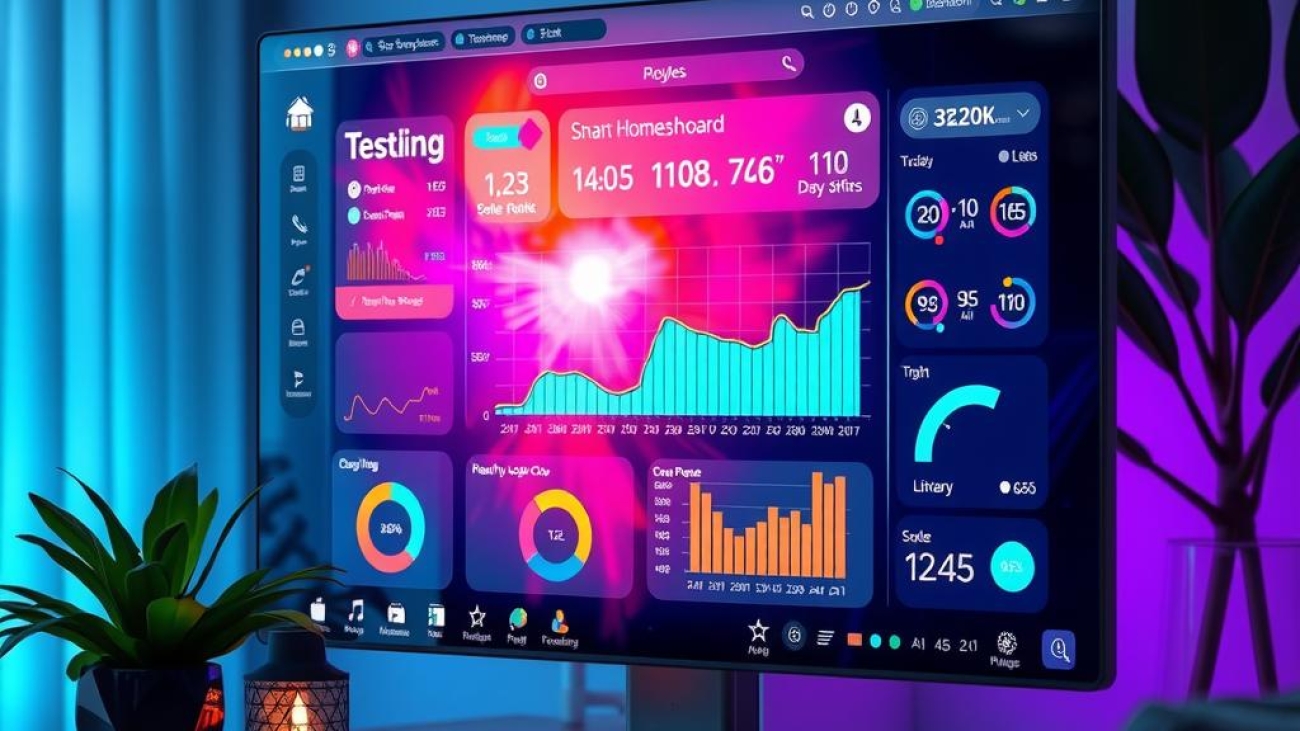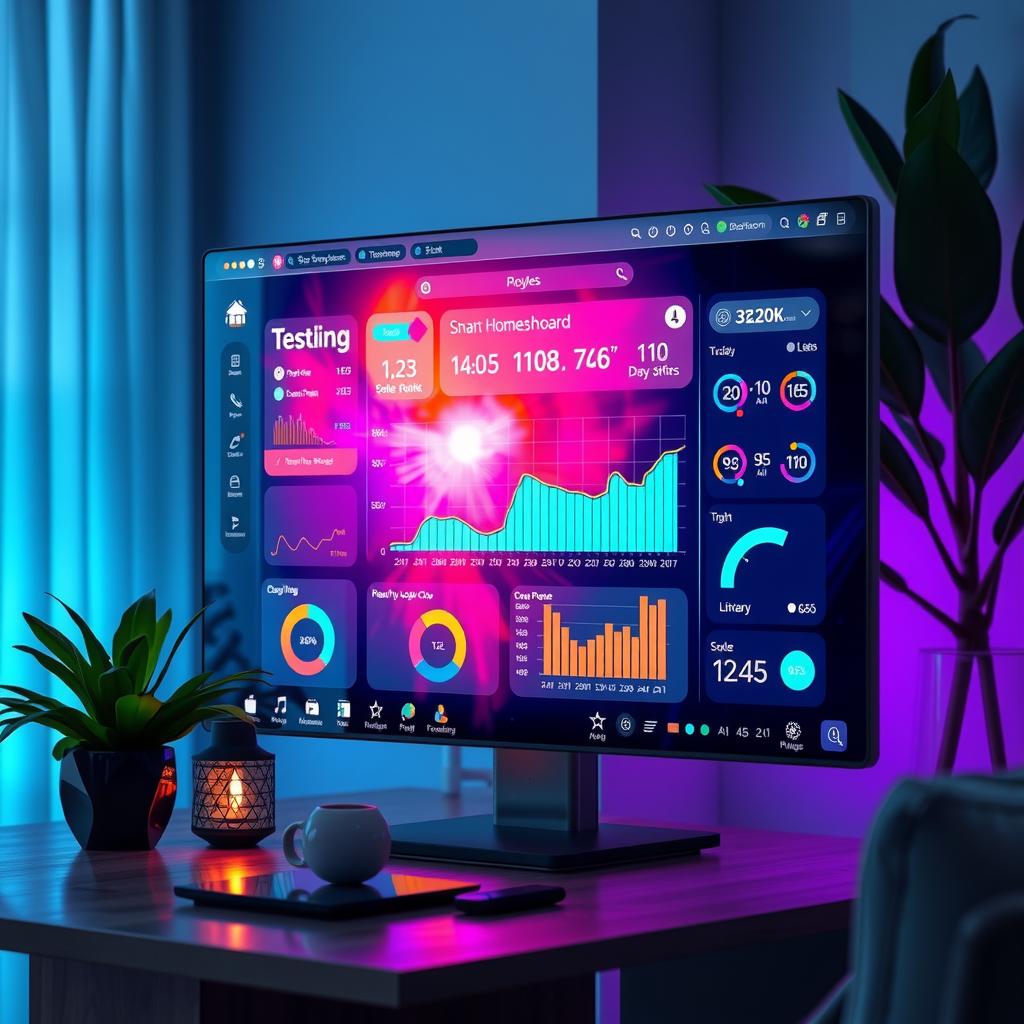In an era where technology is rapidly evolving, many industries still rely on legacy devices that have served them well over the years. However, these older systems often struggle to communicate effectively with modern technology due to varying communication protocols. This raises a pertinent question: how can organizations bridge the gap between traditional infrastructure and contemporary innovations? The answer lies in implementing a robust solution known as a multi-protocol gateway.
A multi-protocol gateway serves as an essential tool for integrating disparate systems, enabling seamless communication between legacy devices and newer technologies. By facilitating interoperability among various devices regardless of their underlying protocols, this innovative technology solution allows businesses to enhance their operational efficiency without the need for costly upgrades or complete system overhauls. As organizations continue to navigate complex network environments filled with diverse equipment and applications, understanding how to leverage a multi-protocol gateway becomes increasingly vital.
The core value of utilizing a multi-protocol gateway lies not just in its ability to connect different systems but also in its potential impact on overall productivity. By ensuring effective device integration, companies can harness the data generated by their existing assets while enhancing decision-making processes through improved visibility into operations. Furthermore, these gateways provide significant cost savings by prolonging the life of legacy devices, allowing businesses to maximize their return on investment without compromising functionality.
As we delve deeper into this topic, readers will uncover practical insights into setting up a multi-protocol gateway, including key considerations for achieving optimal network connectivity and ensuring seamless communication across platforms. Whether it’s addressing challenges related to outdated hardware or capitalizing on new technological advances, this article aims to equip readers with valuable knowledge that empowers them toward effective solutions for their unique situations.
Ultimately, understanding how a multi-protocol gateway operates opens doors for enhanced system interoperability—a critical component in today’s interconnected world. By bridging gaps between old and new technologies through strategic implementation of device integration strategies using such gateways, organizations can future-proof themselves against rapid advancements while maintaining continuity within their operations. Join us as we explore this transformative approach further and discover actionable steps toward realizing its full potential.

Key Insights:
-
Bridging Technology Gaps: The role of the multi-protocol gateway in enhancing system interoperability
In today’s fast-paced technological landscape, many organizations face challenges integrating legacy devices with modern networks. A robust solution like the multi-protocol gateway acts as a bridge between various communication protocols, facilitating seamless interaction among outdated machinery and contemporary digital platforms. This integration not only revitalizes existing infrastructure but also enhances overall network connectivity without necessitating costly replacements. -
Simplifying Data Management: How multi-protocol gateways streamline device integration
Implementing a multi-protocol gateway simplifies the complexities associated with managing different data formats and transmission standards inherent to older devices. By effectively handling diverse communication protocols, these technology solutions allow businesses to leverage their existing assets while future-proofing their operations. As companies strive for improved efficiency, embracing such gateways becomes essential to maintaining competitive advantages in increasingly demanding markets. -
Transforming Challenges into Opportunities: Leveraging multi-protocol gateways for growth
Organizations can transform the challenges posed by legacy systems into opportunities for growth by adopting a multi-protocol gateway approach. These tools foster enhanced collaboration across various technological environments and ensure that all components—both old and new—work harmoniously together. By deploying these innovative solutions effectively within their infrastructures, businesses can drive innovation and improve operational efficiency while navigating an intricate web of communication protocols.

The Struggle with Legacy Devices in Modern Networks
Bridging the Gap: Understanding Integration Challenges
Organizations today face an inherent dilemma regarding their legacy devices and systems, which often struggle to communicate effectively within contemporary networks. As technology rapidly evolves, many businesses find themselves relying on outdated equipment that lacks compatibility with modern communication protocols. This mismatch leads to significant challenges such as increased downtime, costly maintenance, and inefficiencies in data exchange between devices. To address these issues, companies must consider innovative solutions like the multi-protocol gateway, designed specifically to facilitate integration between disparate technologies. By enabling seamless interoperability among various legacy systems and new-age infrastructure, this solution paves the way for enhanced operational efficiency and reduced complexity.
The Cost of Incompatibility
Economic Implications of Legacy System Integration
The financial burden associated with integrating legacy devices into current network architectures cannot be underestimated. Organizations may incur substantial costs due to prolonged downtimes or inefficient operations stemming from incompatible systems. These expenses are compounded by the need for specialized technical support and ongoing maintenance for aging hardware that lacks robust support from vendors. Moreover, reliance on outdated technology can hinder a company’s ability to adopt more advanced technological solutions necessary for remaining competitive in today’s fast-paced landscape. Implementing a multi-protocol gateway can help mitigate these financial implications by streamlining device integration processes while extending the lifespan of existing assets without necessitating complete overhauls.
Navigating Communication Protocols
Ensuring Effective Data Exchange
Communication protocols serve as critical frameworks guiding how information is exchanged across different platforms; however, when organizations utilize a mix of old and new technologies, interoperability issues arise frequently. Many legacy devices were built using proprietary protocols that lack flexibility when it comes time to integrate with newer systems utilizing open standards or alternative communications methods. Consequently, businesses risk data silos where crucial information becomes trapped within isolated segments of their networks—this is where implementing a multi-protocol gateway proves invaluable. By providing translation services among diverse communication protocols used by both modern applications and older machinery alike, organizations can achieve cohesive system functionality while ensuring efficient data flow across all components.
Strategies for Successful Integration
Best Practices for Overcoming Legacy Challenges
Successfully integrating legacy devices into contemporary networks demands strategic planning combined with practical implementation steps tailored specifically toward organizational needs. Key considerations include conducting thorough assessments of existing infrastructure alongside defining clear goals regarding desired outcomes from integration efforts—whether improving productivity levels or enhancing system reliability remains paramount objectives at hand should drive decisions accordingly.
Utilizing tools like the multi-protocol gateway ensures adaptability within this framework since they can accommodate varying standards required across diverse environments seamlessly translating signals between multiple languages spoken throughout an organization’s ecosystem thus facilitating smoother transitions during upgrades as well whilst maintaining essential connections intact.
Future-Proofing Technology Investments
Preparing Organizations for Tomorrow’s Demands
As digital transformation accelerates exponentially worldwide so too does pressure mount upon organizations striving not only keep pace but also innovate ahead competition through leveraging cutting-edge advancements available now being developed further down road ahead! To achieve long-term success amidst change continual evolution requires embracing flexible adaptable infrastructures capable meeting future requirements without sacrificing integrity established relationships formed previously either internally externally amongst stakeholders involved throughout entire process chain—from suppliers manufacturers partners customers alike—all benefiting ultimately result yielded through employing effective strategies grounded practicality leveraging resources wisely including adopting versatile solutions like multi-protocol gateways bridging gaps left behind traditional approaches achieving sustainable growth journey awaits them towards brighter horizons filled opportunities yet unfold!
Bridging Diverse Communication Protocols
Enhancing Interoperability Across Systems
In today’s increasingly interconnected world, multi-protocol gateways play a pivotal role in facilitating seamless communication between diverse systems. These technology solutions are designed to bridge the gaps that exist due to varying communication protocols, allowing legacy devices and modern applications to interact efficiently. The implementation of a multi-protocol gateway enables organizations to overcome compatibility issues that may arise when integrating different technologies into their operations. By translating data formats and protocols, these gateways ensure that information can flow freely between disparate systems, enhancing overall operational efficiency. For instance, organizations utilizing industrial automation might have equipment from various manufacturers using different protocols; a multi-protocol gateway serves as an essential link that ensures all components work together harmoniously.
Streamlining Operational Efficiency
Optimizing Resource Utilization Through Integration
Operational efficiency is critical for any organization aiming to maximize productivity while minimizing costs. A significant contributor to this goal is the use of multi-protocol gateways, which enable effective device integration across various platforms and systems. With these gateways in place, businesses can harness the power of their legacy devices alongside newer technologies without incurring extensive reconfiguration or replacement costs. This ability not only optimizes resource utilization but also extends the life cycle of existing assets by making them compatible with contemporary infrastructure demands. As a result, companies experience enhanced network connectivity and improved data exchange processes—leading directly to better decision-making capabilities based on real-time insights derived from integrated systems.
Enabling Future-Ready Solutions
Preparing Organizations for Technological Advancements
As technology continues to evolve at an unprecedented pace, organizations must remain adaptable in order not just to survive but thrive in competitive landscapes. The deployment of multi-protocol gateways equips companies with future-ready solutions capable of evolving alongside emerging trends such as IoT (Internet of Things) and Industry 4.0 initiatives. By ensuring system interoperability among diverse applications—ranging from cloud services to on-premises machinery—a multi-protocol gateway allows enterprises to integrate new innovations seamlessly into their existing framework without disrupting ongoing operations or requiring substantial overhauls. Such flexibility positions businesses favorably for rapid responses during technological shifts while safeguarding investments already made in hardware and software.
Overcoming Challenges with Effective Gateways
Addressing Common Integration Issues
Despite advancements in technology, many organizations face persistent challenges related to system integration due primarily either because they rely on outdated legacy devices or utilize multiple communication standards within their networks simultaneously. Herein lies the value proposition offered by robust multi-protocol gateways, which are specifically engineered not just for ease-of-use but also reliability under varied conditions often experienced during integrations involving heterogeneous environments where numerous protocols coexist side-by-side inefficiently otherwise . Moreover , employing these specialized tools mitigates risks associated with potential downtime experienced whenever incompatible systems attempt unsuccessfully communicate amongst themselves leading frustration resulting ultimately lost revenue opportunities while compromising service quality . Thus , investing strategically implementing suitable multi protocol solution becomes imperative amidst ever-evolving digital landscape most enterprises navigate today diligently pursuing growth objectives anchored sound operational foundation characterized streamlined processes maximizing returns long-term sustainability success principles fundamental underpinning thriving entities navigating challenging environment continuously shifting dynamics market offerings available therein attract discerning clientele seeking value drive allegiance loyalty brand reputation cultivated through consistent delivery excellence sustained engagement meaningful interactions facilitated underlying infrastructure connective tissue binds everything working towards common goals collectively achieved fostering sense community shared vision accomplishment jointly realized endeavor accomplished collaboratively sourced empowered individuals leveraging strengths together synergistically aligned purpose exceeding expectations cultivating trust relationships developed .
Understanding the Importance of Multi-Protocol Gateways
Enhancing Device Integration for Future-Proof Operations
In today’s rapidly evolving technological landscape, organizations face the challenge of integrating a wide array of devices that often rely on different communication protocols. This challenge is compounded by the presence of legacy devices which may not support modern connectivity standards. The implementation of a multi-protocol gateway serves as an effective solution to this problem, enabling seamless device integration across heterogeneous environments. By acting as a bridge between various systems and protocols, these gateways facilitate interoperability among disparate technologies, thereby enhancing operational efficiency and reducing downtime. Furthermore, embracing such technology solutions prepares businesses for future advancements in their industry by ensuring that all devices can communicate effectively regardless of their protocol specifications.
Key Considerations When Deploying Multi-Protocol Gateways
Strategic Planning for Effective Implementation
Deploying a multi-protocol gateway requires careful planning and consideration to maximize its effectiveness in promoting system interoperability. One essential aspect is conducting an inventory assessment of existing equipment and identifying any potential compatibility issues with new technologies. Organizations should evaluate their current infrastructure to ensure proper network connectivity while accommodating both legacy systems and new applications. Additionally, understanding specific communication protocols used within the organization will guide the selection process when choosing suitable gateways capable of supporting those interactions efficiently. Companies must also consider scalability; selecting a multi-protocol gateway designed to grow alongside business needs can significantly enhance long-term operations without requiring extensive retraining or additional investments.
Overcoming Challenges with Legacy Devices
Bridging Old Technologies with New Solutions
The integration challenges posed by legacy devices are significant barriers to achieving comprehensive device communication within many organizations. Often outdated in terms of functionality or lacking support for newer communication standards, these devices can hinder overall operational performance if not addressed appropriately during deployment phases involving multi-protocol gateways. By utilizing advanced data translation capabilities inherent in these gateways, companies can convert legacy protocol communications into formats compatible with contemporary systems seamlessly—thus preserving valuable investments made into older technologies while reaping benefits from newer innovations in automation and monitoring capabilities alike.
Ensuring Security During Integration Processes
Mitigating Risks Associated with Network Connectivity
As businesses increasingly depend on interconnected systems facilitated through multi-protocol gateways, ensuring security becomes paramount amidst growing cyber threats targeting unsecured networks or vulnerable endpoints across integrated platforms becomes crucial too! Employing robust encryption mechanisms along with regular software updates protects sensitive data transmitted over diverse channels effectively against unauthorized access attempts via malicious actors seeking exploitation opportunities through weak links introduced during integrations processes! Therefore prioritizing cybersecurity strategies aligns well alongside successful deployments empowering organizations towards maximizing productivity whilst safeguarding information integrity throughout ever-evolving digital ecosystems they operate within today’s market landscapes filled abundance potentials awaiting exploration via efficient collaborations amongst multiple stakeholders involved therein—ultimately leading toward enhanced profitability margins achieved collectively moving forward together collaboratively leveraging synergies established upon trust fostered initially rooted firmly foundation based principles shared mutually beneficial outcomes desired equally pursued diligently always striving excellence continuously improving methodologies applied strategically aligned objectives envisioned ahead reaching new heights realized ultimately creating value experienced universally enjoyed everyone participating journey undertaken whole-heartedly committed unwavering resilience inspiring growth continually fueled passion innovation enabling progress transforming visions reality manifest beautifully unfolding naturally before eyes witnessing unfoldment possibilities arise limitless horizons await discovery bright promising futures beckon eagerly yearning attention focused efforts directed harness potentials available unlocking doors lead prosperity inviting engagement transformative experiences enriching lives touched impacted positively forever reshaping narratives told revealing stories success crafted skillfully industrious hands enlightened minds driven fervently aspirations goals set high above attainments sought earnestly reflecting dedication devotion nurtured lovingly cared tirelessly pursued relentlessly assured triumphs celebrated joyously cherished memories etched lasting impressions hearts souls bound intricately woven chapters life written boldly pen gracefully dances pages turning swiftly onward forging pathways illuminated brightly guiding steps taken grounded purpose profound significance embraced wholeheartedly nurturing relationships built trust loyalty respect cultivated painstakingly over time blossoming flourishing vividly resonating harmoniously echo sentiments resonate deeply felt profoundly connecting humanity transcending boundaries bridging gaps fostering unity strengthening bonds forming foundations solidifying legacies enduring eternally shining light illuminating paths traverse traversed fearlessly advancing boldly confronting challenges faced head-on overcoming obstacles encountered rising resiliently undeterred unwavering spirit embodied courage determination fueled dreams ignited spark inspiration lighting way forward embracing change adapting willingly thriving vibrantly emerging victorious triumphantly celebrating achievements milestones reached proudly standing tall united front ready embrace whatever comes next facing future confidently equipped knowledge skills honed mastery cultivated art craft weaving tapestry rich vibrant colors painting portraits magnificent journeys undertaken each thread representing unique story told echoed far beyond realms touch lives everywhere reminding us power collaboration holds staggering potential unleash greatness collective endeavors unleashed uplifting spirits soaring high skies limitless possibilities abound endless adventures await discovery beckoning chase passionately pursuing aspirations dreams fulfilled fulfilled destiny awaits recognition deserving brilliance shines brightest illuminating world around them bringing hope healing positive transformation ushering era progress paving pathways leads tomorrow brighter days ahead beckoned forth inspiring generations yet unborn continue legacies forged trail blazing pioneers leaving indelible marks histories written eloquently ink penned sagas chronicled timeless tales spun deft artistry storytelling gifted artisans wield pens mightier swords crafting narratives shaping cultures influencing societies
Frequently Asked Questions:
Q: What is a multi-protocol gateway and how does it work?
A: A multi-protocol gateway is a technology solution that facilitates communication between devices using different communication protocols. It acts as an intermediary, converting data formats and ensuring compatibility among various systems, including legacy devices and modern platforms. This enables seamless integration and interaction within diverse technological environments.
Q: Why should organizations consider using multi-protocol gateways for their legacy systems?
A: Organizations face significant challenges when integrating legacy devices into current networks due to the variety of communication protocols. By employing a multi-protocol gateway, businesses can enhance their device integration capabilities without needing costly upgrades or replacements. This approach not only revitalizes existing infrastructure but also improves overall network connectivity and operational efficiency.
Q: How do multi-protocol gateways contribute to system interoperability?
A: By bridging the gap between different communication protocols, multi-protocol gateways enable disparate systems, including both old machinery and new digital solutions, to work together effectively. This promotes enhanced collaboration across various technologies, allowing organizations to maintain competitive advantages in evolving markets while leveraging their existing assets more efficiently.

